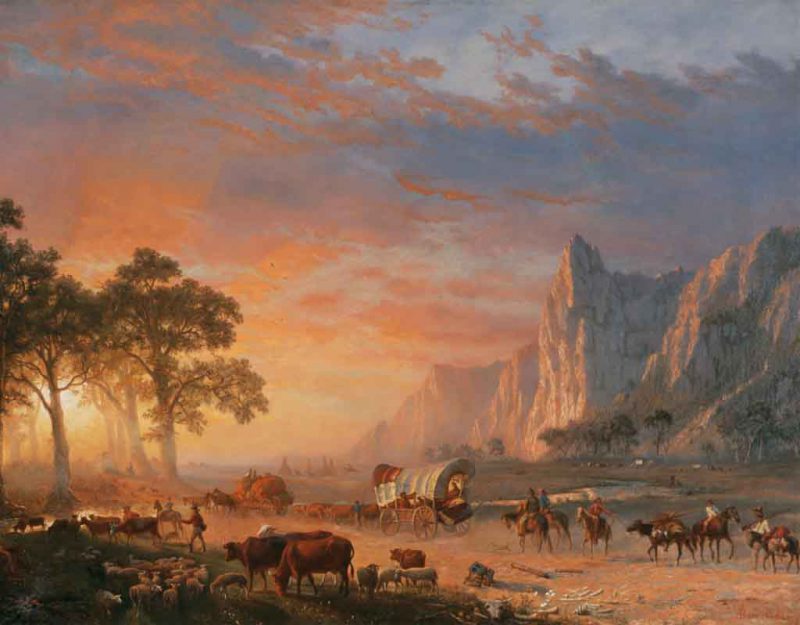Ravenstein’s Laws Of Migration
Addressing the tangents to human biodiversity, one finds the question of migration interesting, because it seems to reshape populations unless some benevolent or intelligent authority intervenes. For the floor, we have Ravenstein’s Laws of Migration:
- The majority of migrants move only a short distance in any one migration.
- Migration proceeds step-by-step.
- Each current of migration produces a counter current.
- Females are more migratory than males within the county of their birth, but males more frequently venture beyond that county boundary.
- Most migrants are adults; families rarely migrate out of their county of birth.
- Migrants moving long distances generally go by preference to the great centres of commerce or industry.
- The natives of towns are less migratory than those of rural areas.
- Large towns grow more by migration than birth rate.
- Migration increases as industries and commerce develop and transport improves.
- The major direction of migration is from agricultural to industrial or commercial centres.
- The major cause of migration is economic.
The last one provides the most interesting view of humanity, since it shows us a basic pattern to human thinking: people stay put until they feel opportunity has lessened, then they follow the money and end up inching their way across the land, town to town, as things change.
That in turn writes for us a history of humanity as one of competing economies, with a twist. People gravitate toward thriving economies, which means that any nation which rises above the rest will be inundated, but any nation which is too impoverished relative to its neighbors will disappear.
A balancing act of this nature makes or breaks empires. For civilization to survive, it must be in the sweet spot between too little wealth, and too much. One can look around the West today, where almost no one looks Western, for confirmation of that.
Tags: migration, ravenstein










